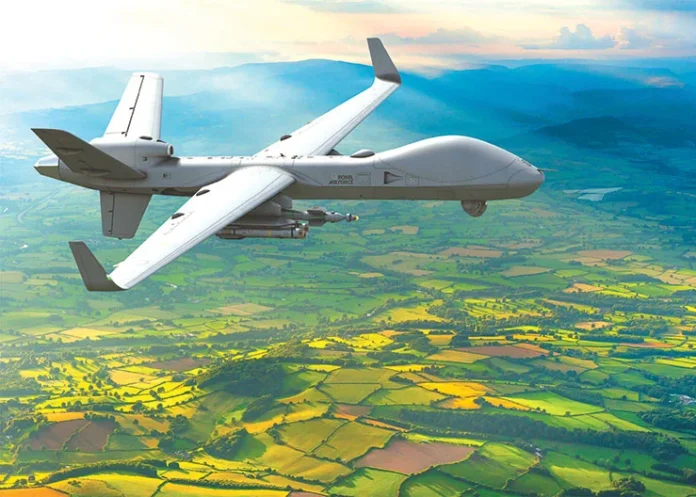Washington: The peaceful nations of Europe didn’t choose to rewrite their defence and security outlook for the coming decades. The decision was forced upon them by aggression in the East. Now that they’ve decided to act, however, they’re moving swiftly.
In 2023 and then 2024, following decades apart from the Alliance, Finland and then Sweden acceded to the North Atlantic Treaty Organisation. Meanwhile, neighbours Norway and Denmark – charter members of the original group of nations that signed the North Atlantic Treaty in 1949 – have begun working along with other European allies to strengthen their preparations.
Among the most significant changes in perspective has been that of Germany, a central pillar of European integration that is intensifying its work to prepare and equip for the unwelcome but inescapable new era of uncertain security.
However, even though the unity of the allies, the new commitments to preparation, and the expansion of the Atlantic Alliance is good news for peace and stability, it doesn’t make the latest challenges any less daunting: NATO has added more than 800 miles of frontier along its eastern front. It faces a foe that has shown itself to be murderous, implacable, and ruthless.
Deterring this foe and monitoring this border – along with the rest of the eastern approaches to the Alliance – is essential, along with the importance of maritime domain awareness in the Norwegian Sea, the Barents Sea, and north into the Arctic. A major nation such as Germany has major responsibilities in terms of airpower, landpower, and seapower.
San Diego-based General Atomics Aeronautical Systems, Inc., which builds the MQ-9B, already supplies remotely piloted MQ-9 aircraft to several European NATO allies, including Belgium, the Netherlands, the United Kingdom, France, Spain, and Italy. More operators, of more different types of aircraft, are pending.
In the case of MQ-9B, the aircraft can fly for more than 30 hours in some configurations, making it ideal to cover long distances and spend ample time on station. The aircraft’s onboard sensors send back a wealth of multi-spectral, multi-domain intelligence that gives constant real-time awareness about what’s transpiring in key locations – intelligence that can then be shared and acted upon to provide maximum value.
This is one reason why MQ-9B SeaGuardian is so much less expensive than a large airliner-derived maritime patrol aircraft. Flying MQ-9B in place of larger maritime patrol aircraft costs less and extends the sensing and endurance possible alongside those high-value platforms.
Other reasons are SeaGuardian’s wingspan and highly efficient propulsion, which together ensure the aircraft requires much less fuel. This setup is also more environmentally conscious than a larger jet-powered aircraft. SeaGuardian, SkyGuardian, and their payloads are only part of the solution. Getting the maximum effectiveness out of advanced hardware requires equally sophisticated software – also produced by GA-ASI.





